Dr. Martha Hursey Brown does not have any buildings named after her on the Glassboro campus. She does not have a statue built in her honor or any institutional scholarships endowed in her name, even though she is one of Rowan’s most accomplished alumni. To find Dr. Hursey Brown’s name at Rowan at all, one would have to dive deep into the archives at the Campbell Library, where copies of “The Whit” from 75 years ago lay flat in plastic sleeves.
“The Whit” is a fitting place to find out about Dr. Hursey Brown, though. This is because from 1945 to 1946, she was the publication’s Editor in Chief, and the first black person on “The Whit” to hold the title of editor.

To fully appreciate the success of Hursey’s leadership, some chronology might be helpful. When Hursey assumed leadership of “The Whit,” campus dormitories were not even desegregated. Brown v. Board of Education of Topeka wouldn’t rule “separate but equal” education unconstitutional until roughly a decade later in 1954. Rutgers’ student newspaper, The Daily Targum, would not name a (white) female Editor in Chief until 1970. Rowan’s own SGA, which has existed since the university’s 1923 founding, wouldn’t elect a black woman as Student Government President until 2019.
Hursey’s success was not due to especially liberal New Jersey attitudes towards race. Hursey, a Bridgeton native, wrote about this herself in a 1946 column titled “In Step With the Times.” In this article, she stresses that 1946 was the first year that black students were allowed recognition as leading roles in Glassboro State Teachers’ College theatrical and music productions, especially in non-servant roles. Hursey saw this as the forward-thinking direction in which GST needed to be headed.
Intelligent people are divorcing the idea that the outstanding Negro student is a phenomenon. They are learning away from the idea expressed by Paul Robeson, All American Fullback, 1918 – ‘It was not so much my sensational playing that attracted widespread attention among newsmen, but the fact that a Negro could play football at all.’
Martha Hursey, “In Step With The Times” – The Whit Volume 9, Issue #3, May 31, 1946
Hursey was recognized among both students and faculty for her outstanding commitment to journalism and fulfilling needs where she saw them. In a letter to the editor dated June, 1946, then-“Whit” adviser Dora McElwain wrote the following:
Dear Editor:
Dora McElwain
For one year The Whit has been managed entirely by students. In fact, one student has really carried the job – Martha Hursey. She has a unique place in Glassboro history on two counts: She is the first of her race to
have been an editor, and she actually functioned at times as the whole staff. Hats off to a Person Who Matters!
1946 was also, coincidentally, the first year that the Oak Hall dormitory became fully integrated. In her capacity as Writeup Editor on The Oak yearbook, too, Hursey repudiated the injustice of segregation, framed through whip-like humor that can be found throughout the work’s pages.

She apparently did so as the only person of color on the entire “Oak” staff.

It seems that all who knew her at Glassboro Teachers’ College wouldn’t have been surprised to have learned that Martha Hursey continued to be a successful scholar and influential leader after her bachelor’s degree. After recieving a Master’s in Library Science from Drexel, she earned a second Master’s degree in history, and then a subsequent PhD in the same subject, both from Carnegie Mellon University.
During the 1960s, she would lead the Bridgeton Women’s Civic League, fighting for school integration in the city, further making her mark on our South Jersey history. In her career as an academic, she would write the textbook “Faces of America,” as well as publish research on the history of African American women as depicted in Harlem Renaissance literature, in the Civil War and beyond. She conducted interviews with poets such as Gwendolyn Brooks, the first black American to win a Pulitzer Prize. She taught at Central Michigan University, Langston University, Oberlin College, and Old Dominion University. A recipient of grants from the National Endowment for the Humanities and Fulbright Fellowship, Dr. Martha Hursey Brown travelled to Brazil, South Africa, Madagascar, Tanzania and Kenya for research.
Dr. Hursey Brown passed away on January 17, 1997 at 72-years-old, survived by three children. Her impact on our university and our community at large are immeasurable.
If Rowan University is going to be in the business of renaming colleges and buildings, “The Whit” humbly suggests Martha Hursey’s name for consideration. On a campus where nearly every building, department and college are named for miscellaneous white men who had institutional power – including Bunce, the University President who prolonged segregated dorms out of fear of backlash from white parents – it might be meaningful to recognize someone who contributed to this university even against institutional adversity.
Dora McElwain, advisor to “The Whit” circa 1946 said it best: Martha Hursey was, and still is, a person who matters.

Editor’s Note: This article would not have been possible without the thoughtful assistance of Sara Borden, Head of Archival Collections and Services at University Archives and Special Collections. The Whit thanks you, Sara!



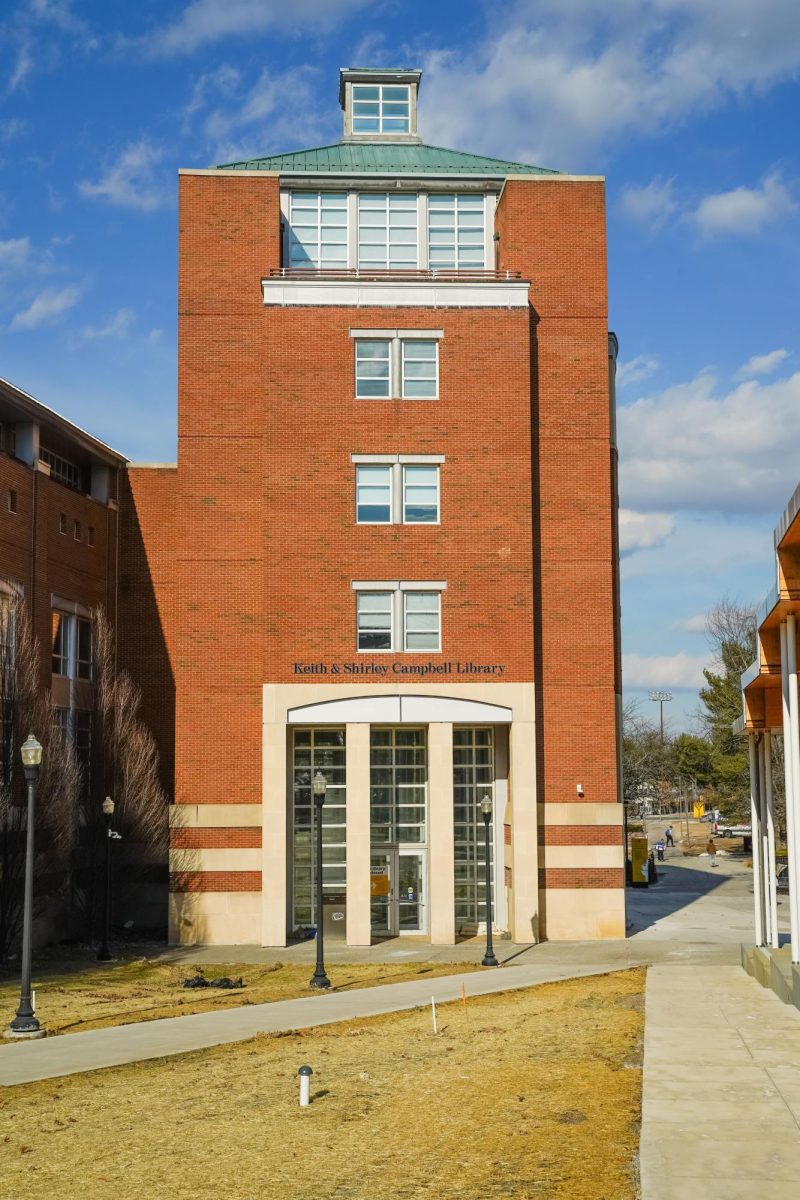









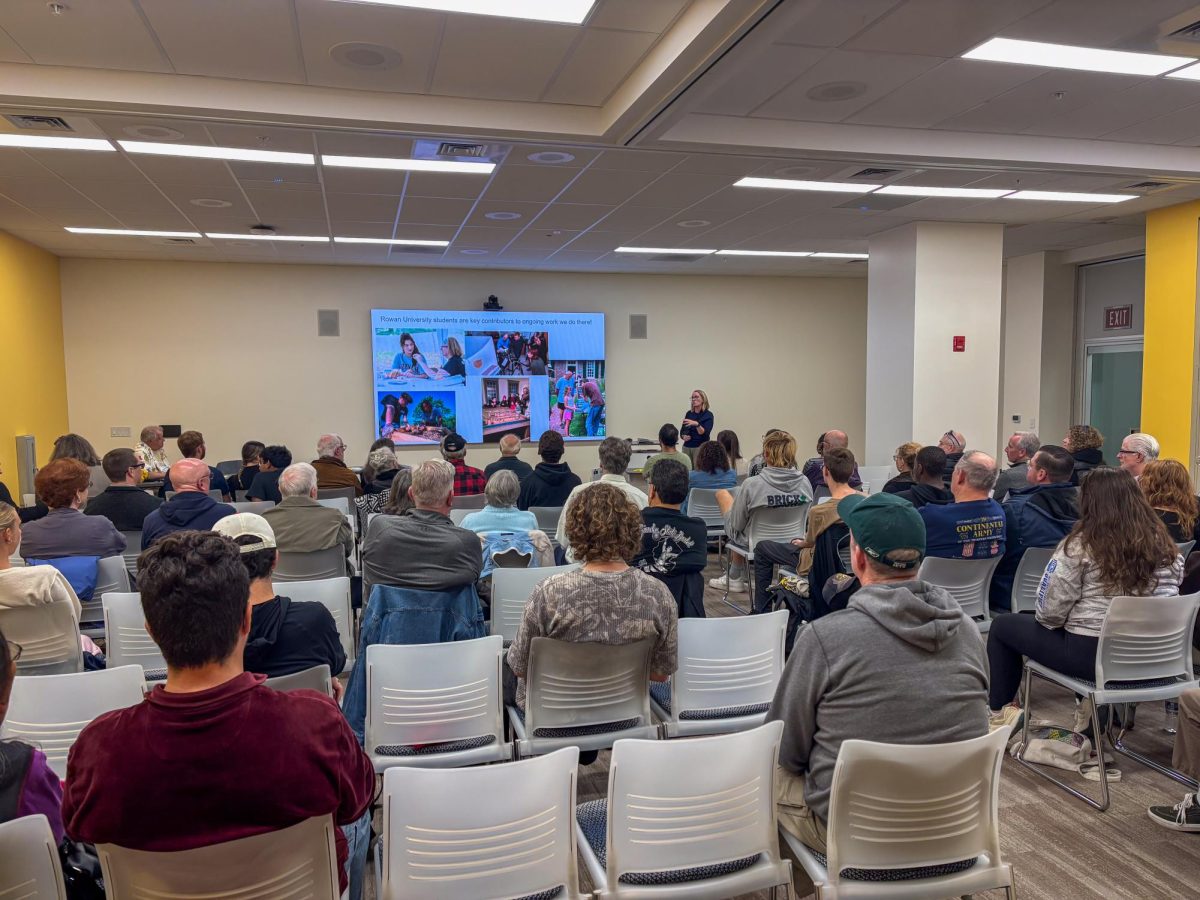




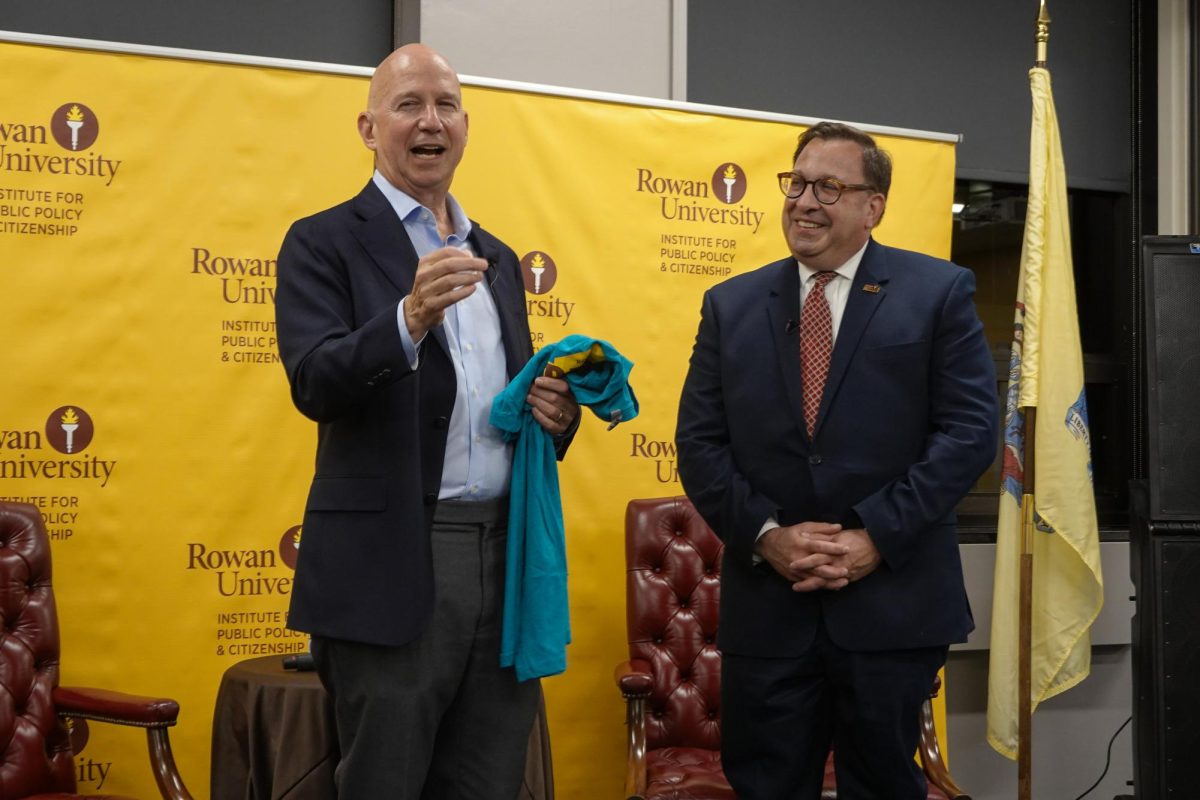


















































































































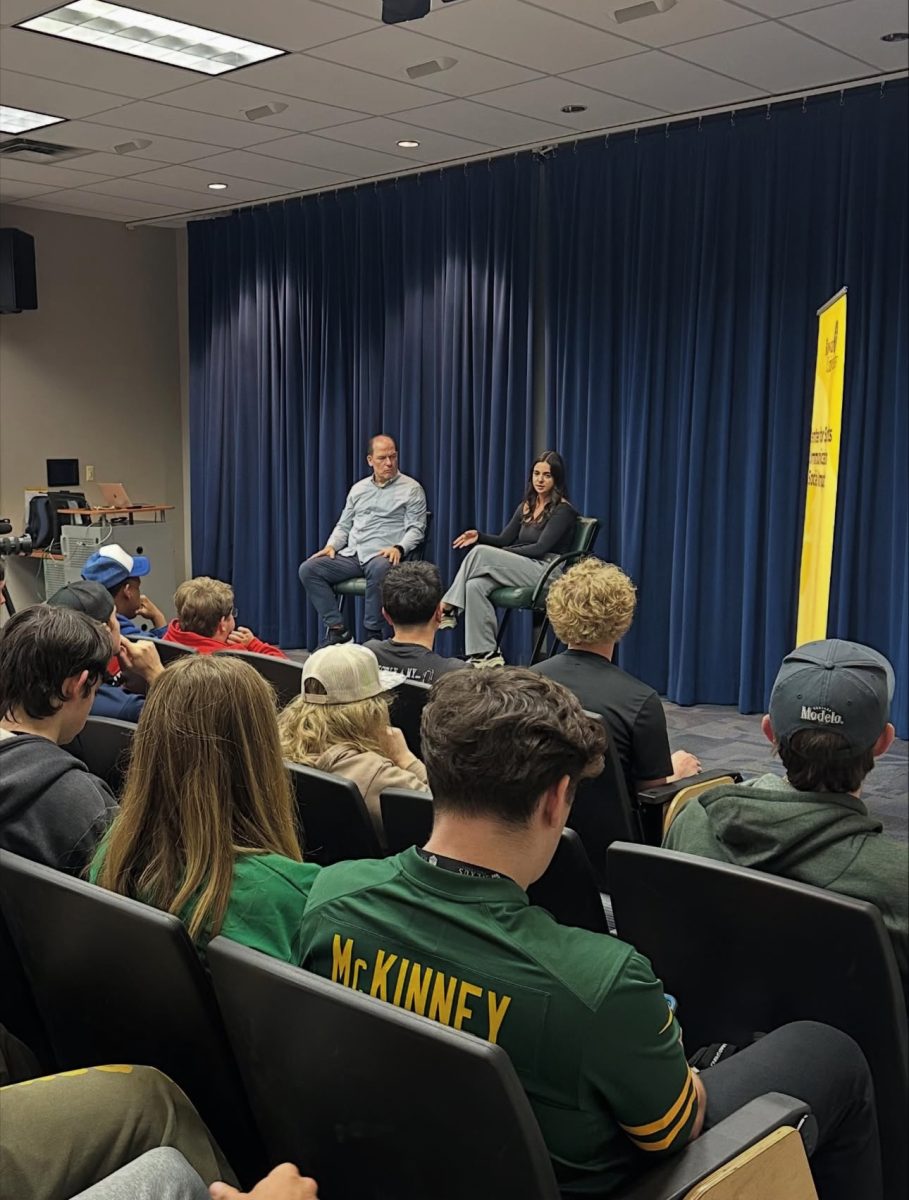












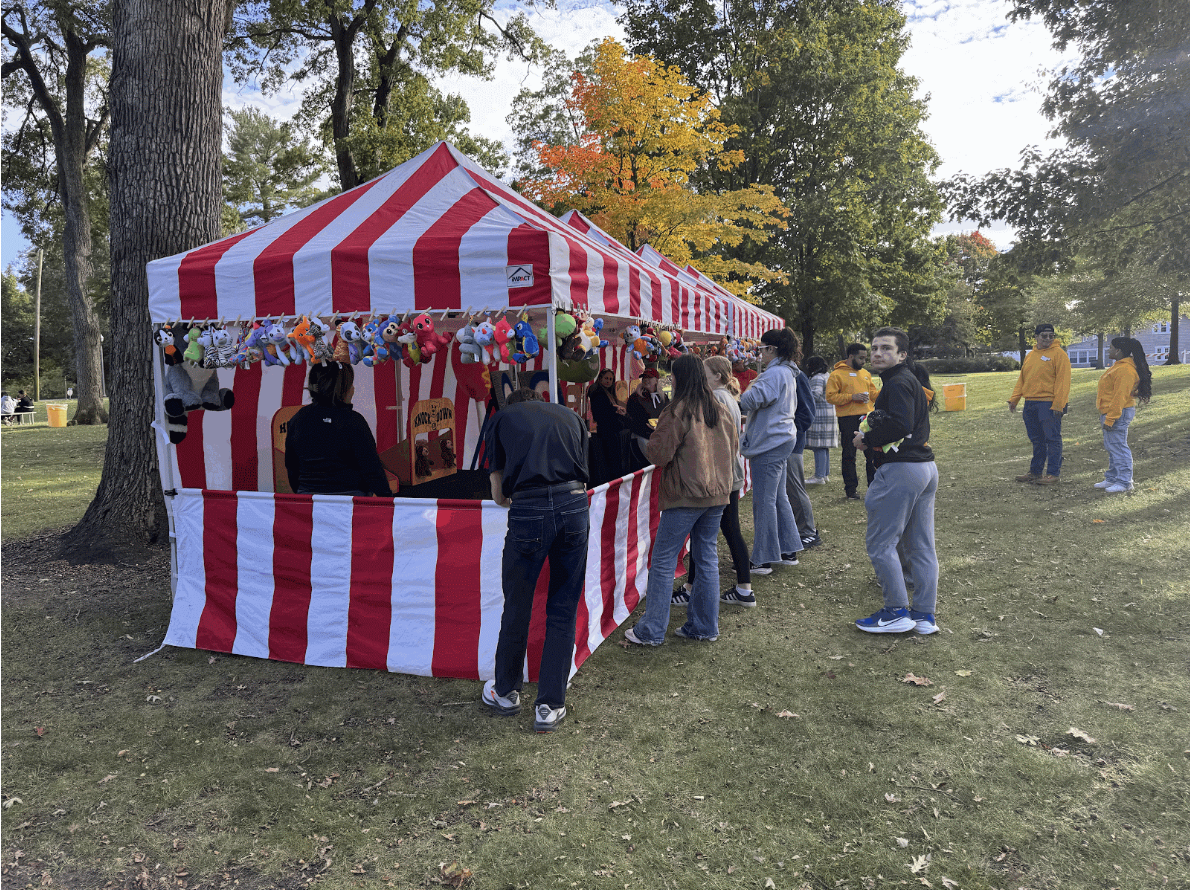

















































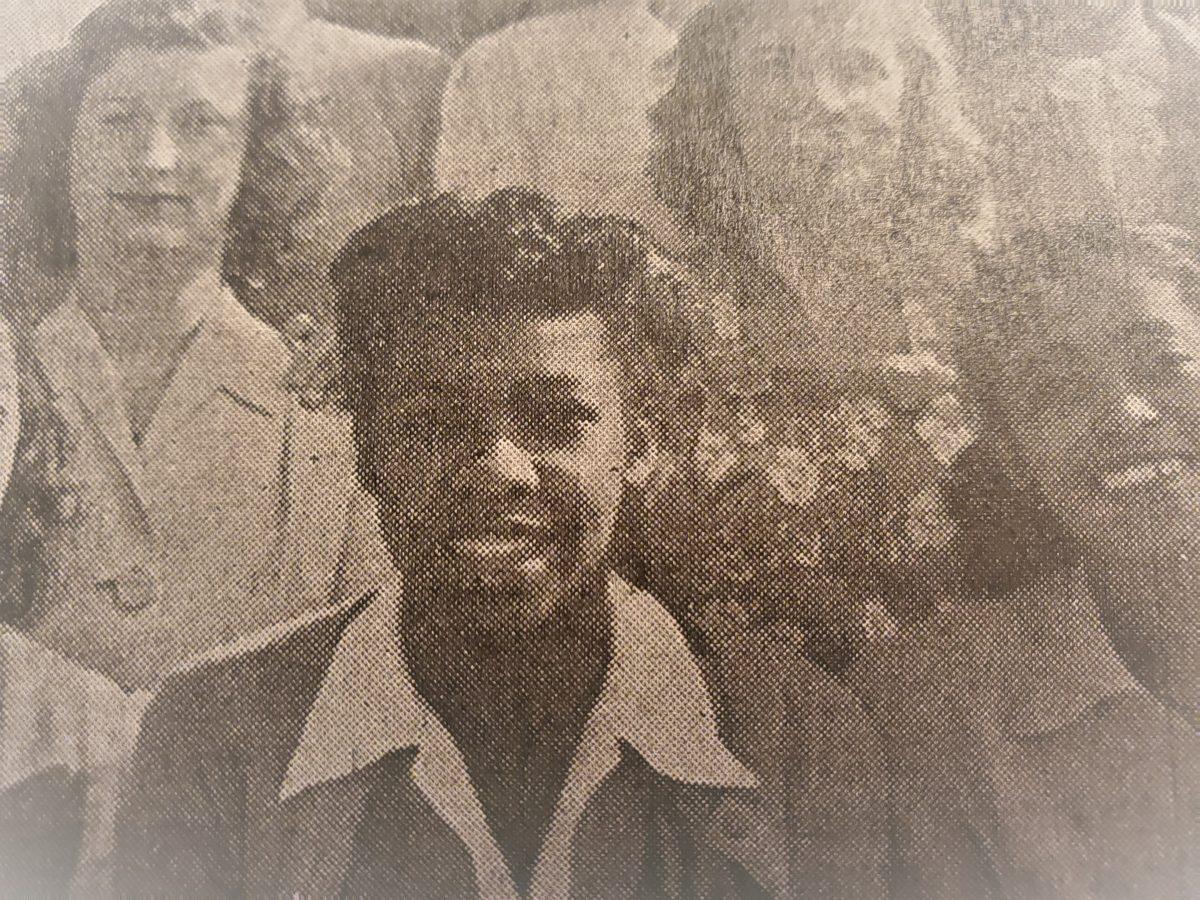


Lovely Durham • Aug 8, 2020 at 8:33 am
BRIDGETON PROUD! There are many great alumni from Bridgeton. Sadly, the school has forgotten. Ask me when the last time Rowan has held an Alumni or major recruiting event in BRIDGETON?